Higher Ground Initiative
The Republic of Nauru
The Republic of Nauru is at an exceptional moment in history. The Pacific island nation faces a future in which it must alter its path, if it is to achieve safety and security, poverty eradication, and improved quality of life for the next generation of Nauruans. Acknowledging the impacts that climate change, global trade, and biodiversity loss will force onto Small Island Developing States (SIDS), including Nauru specifically, the master planning project purposefully and accordingly positions design and policy recommendations for the centerpiece of the sustainable development strategy for the island, the Higher Ground Initiative (HGI), against these existential threats that the island nation must address in order to achieve the transformational change it requires.
CIVIC/URBAN was privileged to direct this project, providing strategic leadership to the firms of Metrocology; Merrill, Pastor & Colgan Architects; Design Workshop; Land Equity International; Boffa Miskell; and Fraser Thomas, in delivering a safe, secure, and resilient master planned vision for the future of the Republic of Nauru.

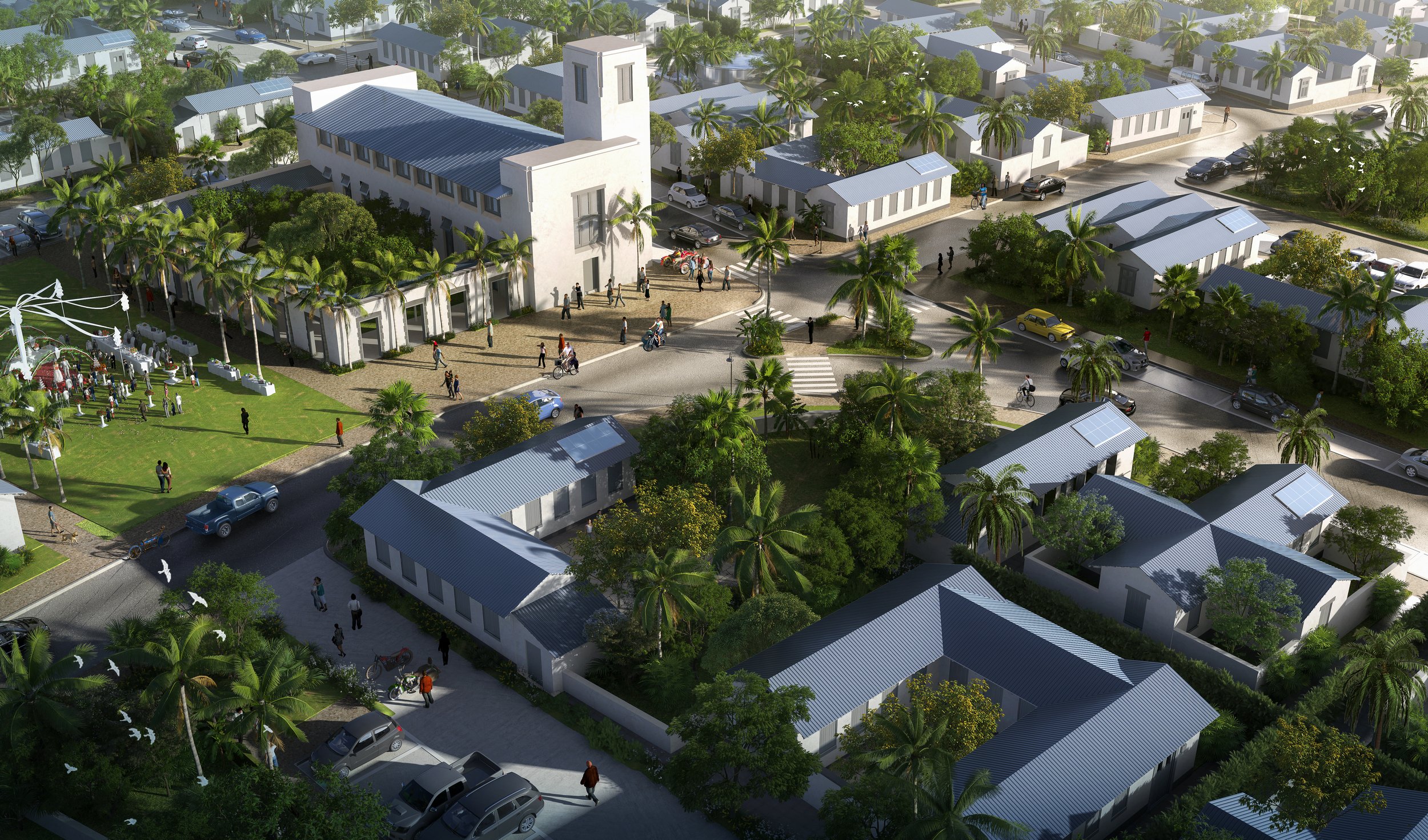

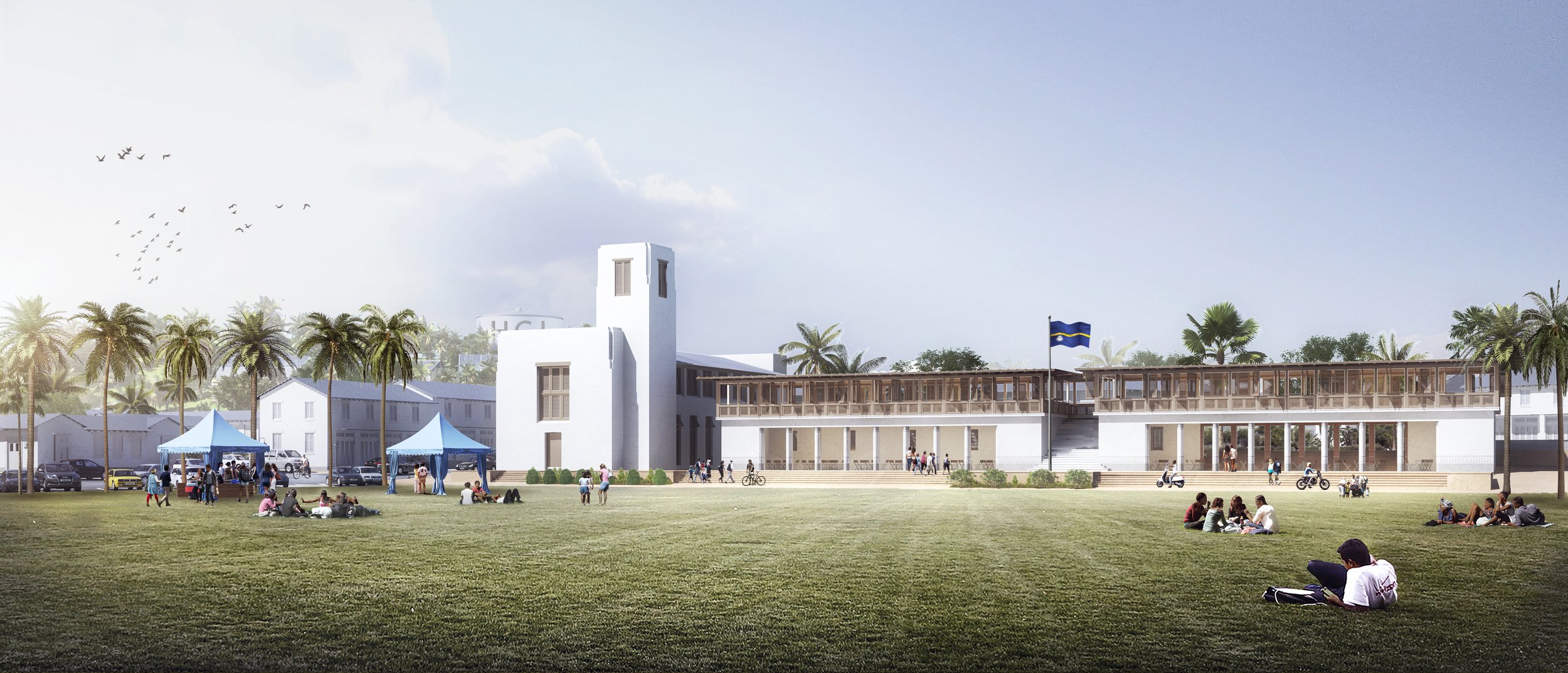
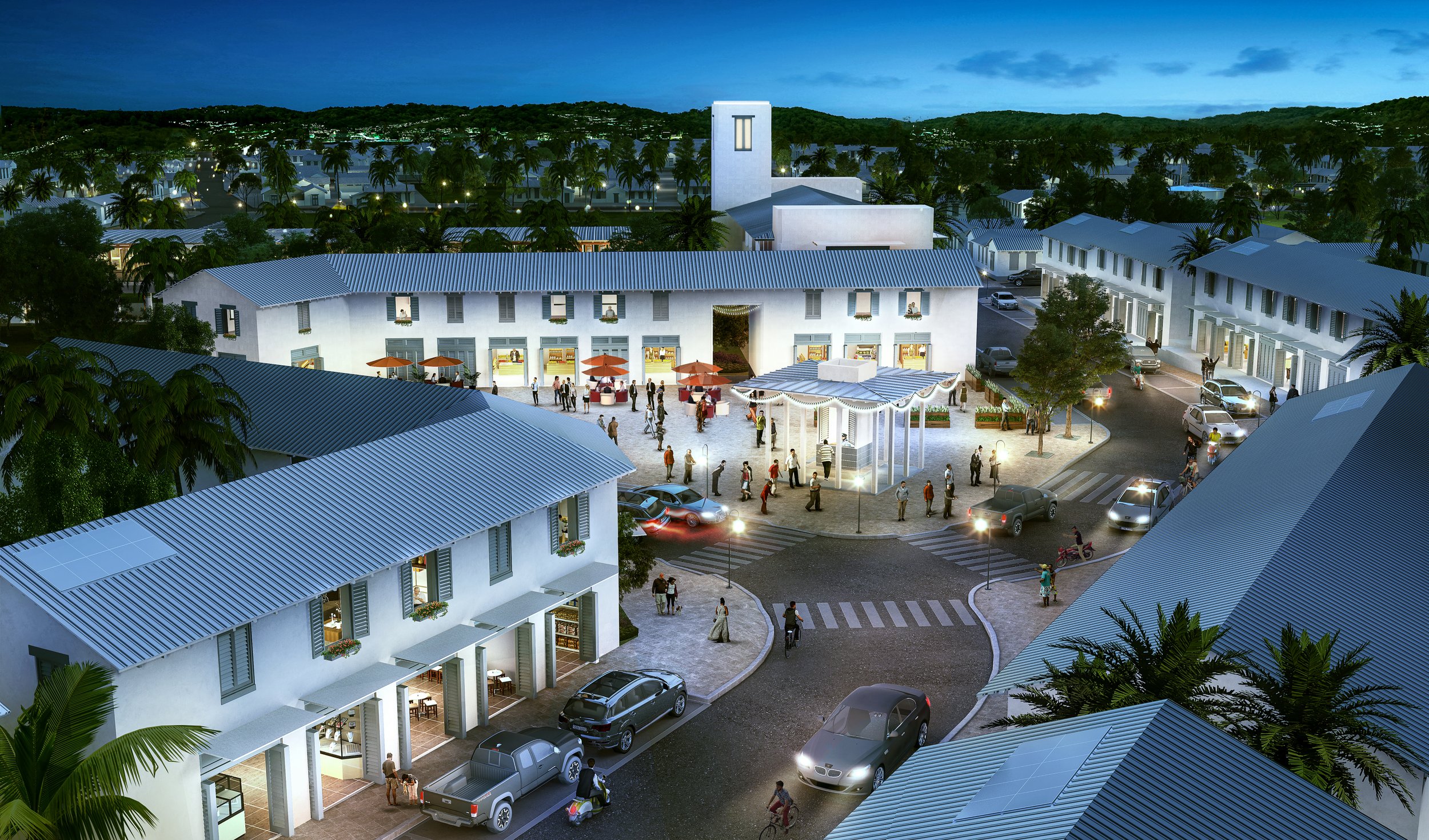
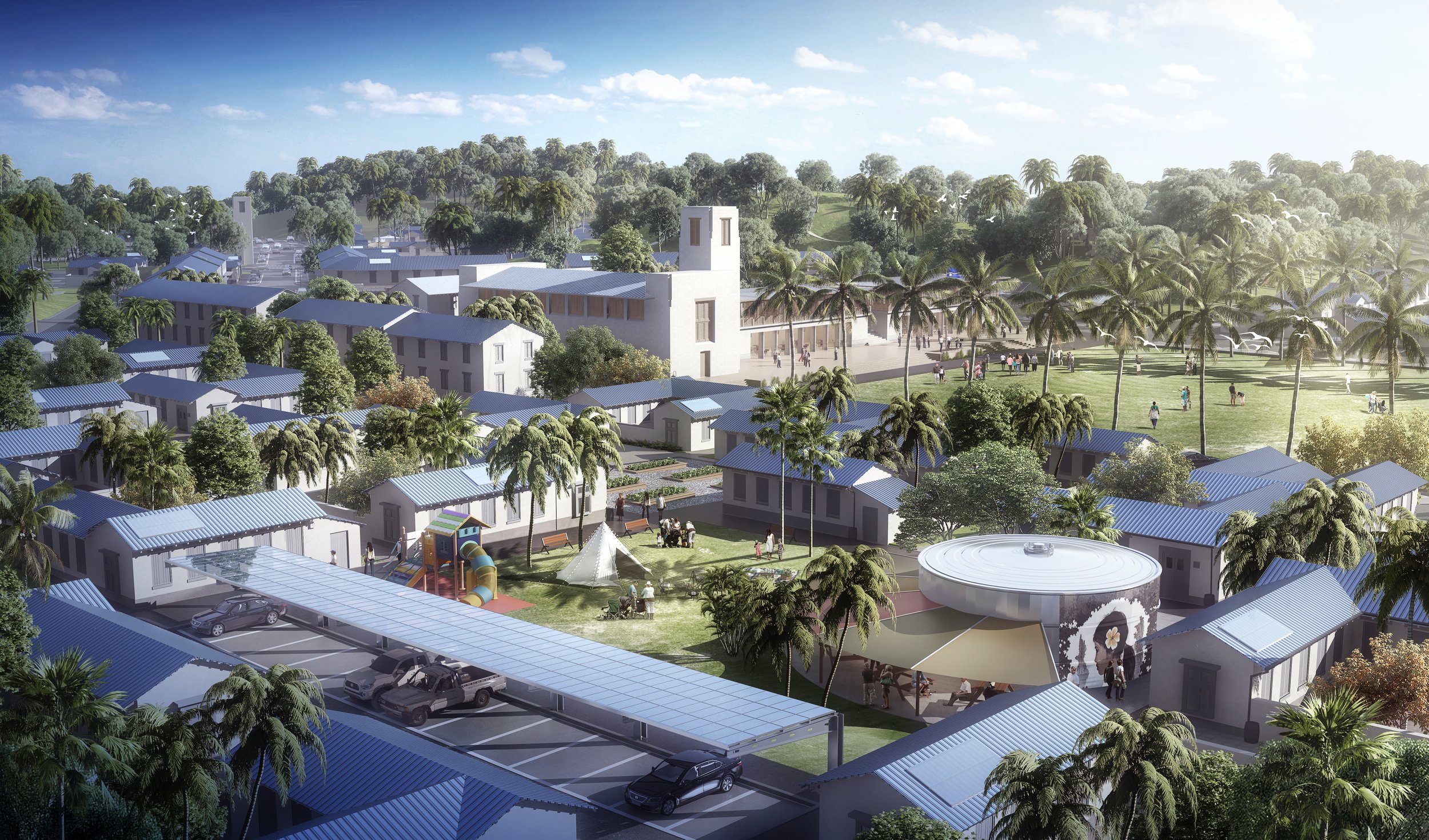
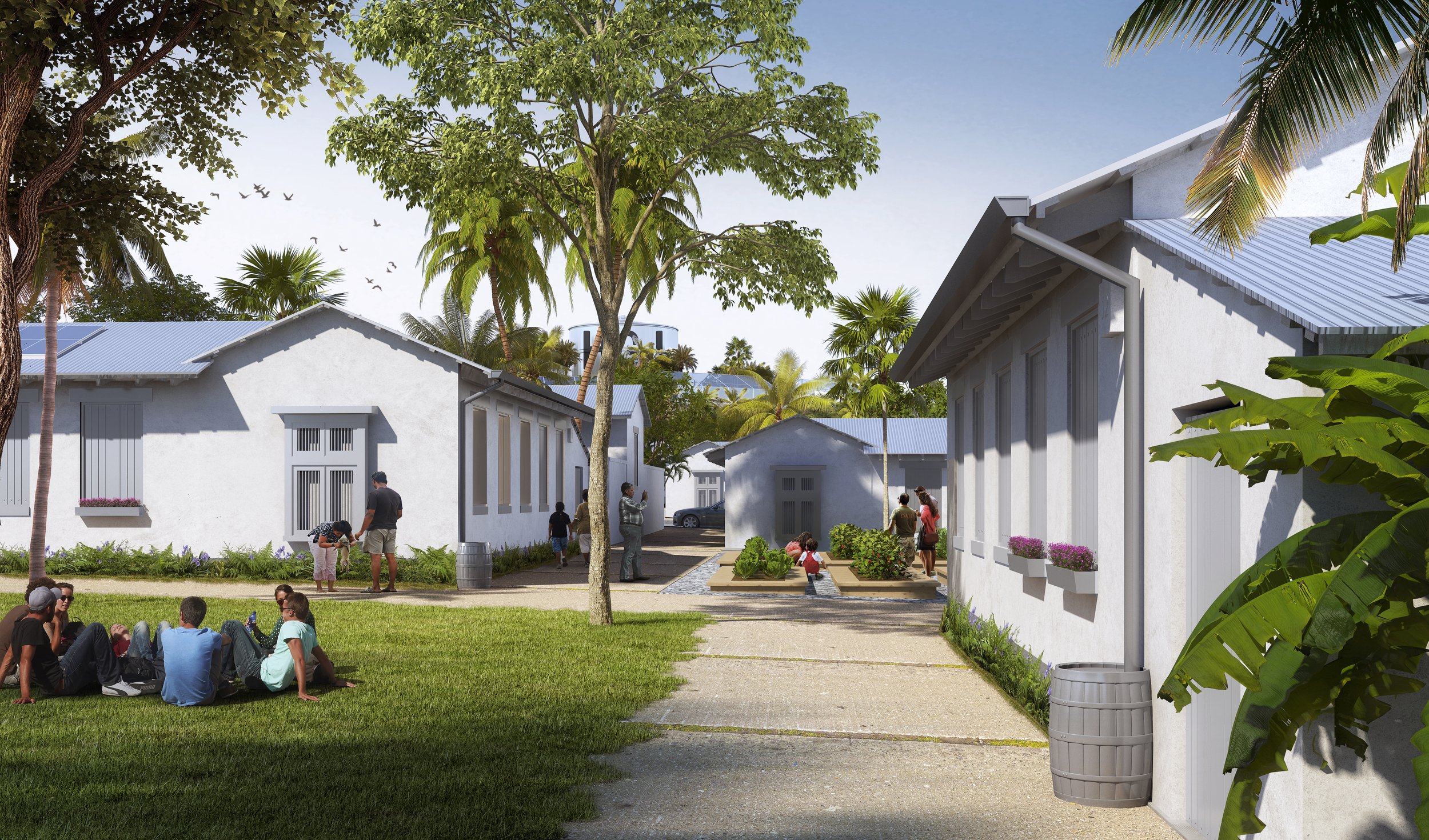


The Higher Ground Initiative is a generational project, one that will carefully balance the social, natural, financial, and cultural capital of the island and its people, delivering on the promise of a secure and resilient future. The proposals detailed in its reporting documents are rooted in a commitment to deliver built outcomes that will efficiently and effectively reflect a community responsive to both the short- and long-term wellbeing of all Nauruans. The deliverables provided within this reporting included:
• Volume 1: Purpose + Need, an introduction to the Higher Ground Initiative and the master planning project deliverables including the foundational goals and mandate of the initiative, the purpose of this undertaking and the needs that must be confronted with this body of work, the principle frameworks on which the response has been based, and the national and global context in which the work has been applied;
• Volume 2: Housing + Architecture, including recommendations related to the proposed modular system for housing provision and the corresponding variations and aggregations possible with this system, as well as details of proposed form and construction, the recommended method for arranging block patterns, and the utilization of this system in site planning for Land Portion 230 and adjacent to the Port;
• Volume 3: Land Planning + Resiliency, including urban design and development recommendations related to the detailed site planning for Land Portion 230, the potential expansion of development beyond government-controlled property on Topside, the potential new Township adjacent to the Port, and the comprehensive island wide master plan, as well as those recommendations related to infrastructure and utilities, land remediation and grading, and the design of thoroughfares and open spaces; and
• Volume 4: Land Tenure + Social Safeguarding, a summary of the relationship of Land Tenure policy to the master planning process and the Higher Ground Initiative, including an analysis of the land tenure and administration context in Nauru, an overview of the social context and safeguarding needs for the master planning project, an evaluation of the tenure and planning options that would address the housing challenges across the island, and an outline of next steps for ensuring feasibility of the implementation of the vision for the initiative.